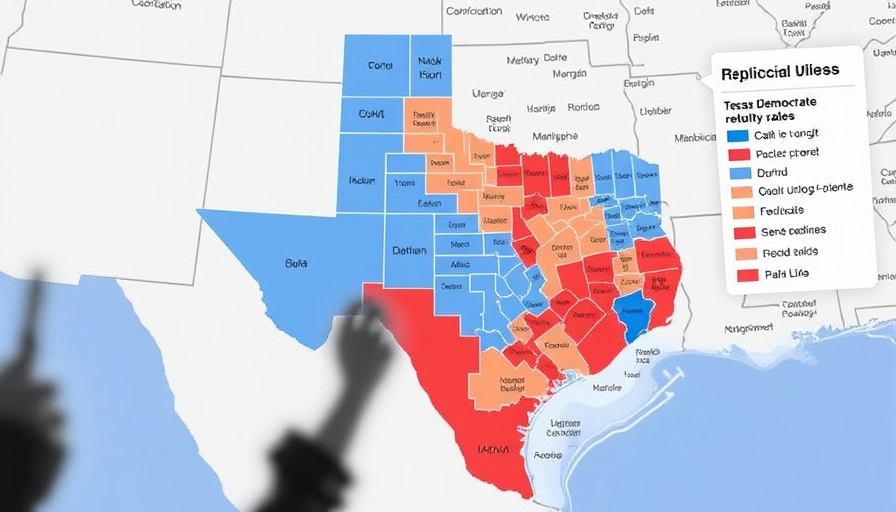
Texas Property Tax Cuts: A Pivotal Decision for Voters
In a significant move for Texas homeowners, Governor Greg Abbott has signed two landmark bills—SB 4 and SB 23—into law, heralding a potential reduction in property taxes through an increase in the homestead exemption. However, the ultimate decision rests in the hands of voters this fall, who will determine whether to approve constitutional amendments aimed at these tax relief measures.
Understanding the Homestead Exemption Changes
The recent legislation enhances the homestead exemption dramatically from $100,000 to $140,000, with an even more generous raise to $200,000 for seniors and individuals with disabilities. These changes are anticipated to save the average homeowner between $500 to $900 annually, according to Texas State Senator Paul Bettencourt, the author of the bills. These initiatives underscore a growing trend in Texas politics aimed at easing the financial burdens on property owners.
The Financial Backing: Who Pays for These Tax Cuts?
The funding for these exemptions is derived from the state’s budget, primarily financed through sales and business taxes. By utilizing state funds to offset local school property taxes, Texas lawmakers are attempting to relieve the financial pressure on homeowners without overburdening local education budgets. This approach indicates a strategic pivot from prior talks of compressing tax rates for all properties, including commercial ones, instead preferentially focusing on homeowners.
A Glimpse into the Future
Looking ahead, property tax adjustments are not just a one-time endeavor. Abbott and other Republican leaders, including Lt. Gov. Dan Patrick, have indicated plans for further property tax reforms in 2027. This ongoing commitment highlights the state's recognition of housing affordability as a pressing issue for many Texans.
Community Engagement: Voter Participation is Key
The decision this fall is paramount not only in shaping the financial landscape for homeowners but also in impacting local school funding. With the proposed tax relief aimed directly at providing more stability for families, community engagement becomes crucial. Every vote will matter, and voter turnout could significantly determine the future of property tax management in Texas.
Historical Context of Property Tax Initiatives in Texas
This latest legislative effort comes on the heels of a historic $28 billion property tax relief package passed in 2023, marking a new chapter in Texas’ approach to tax policy. The state’s approach has been characterized by a continual increment of financial support for local property tax relief, considering it imperative for community well-being amid rising living costs.
Potential Risks and Challenges
While the proposed tax cuts are poised to benefit many, they also carry inherent risks. Reductions in school funding could occur if property taxes are significantly lowered, leading to potential trade-offs in educational quality and resources. Voters must weigh these challenges carefully while considering their own economic relief.
How Residents Can Stay Informed and Get Involved
As we inch closer to election day, residents of Texas are encouraged to educate themselves on these amendments and their implications. Community town halls, informational sessions, and local news—especially platforms like Ft. Worth news outlets—are vital for fostering informed conversations. Engaging with the electoral process ensures that citizens’ voices are heard, significantly impacting statewide policy.
This pivotal decision on property tax cuts not only reflects the state's evolving tax strategy but also serves as a crucial touchpoint for community empowerment in Texas. By participating in the fall election, voters can help shape the future of property taxation and benefit from continued financial improvements.
 Add Row
Add Row  Add
Add 




Write A Comment